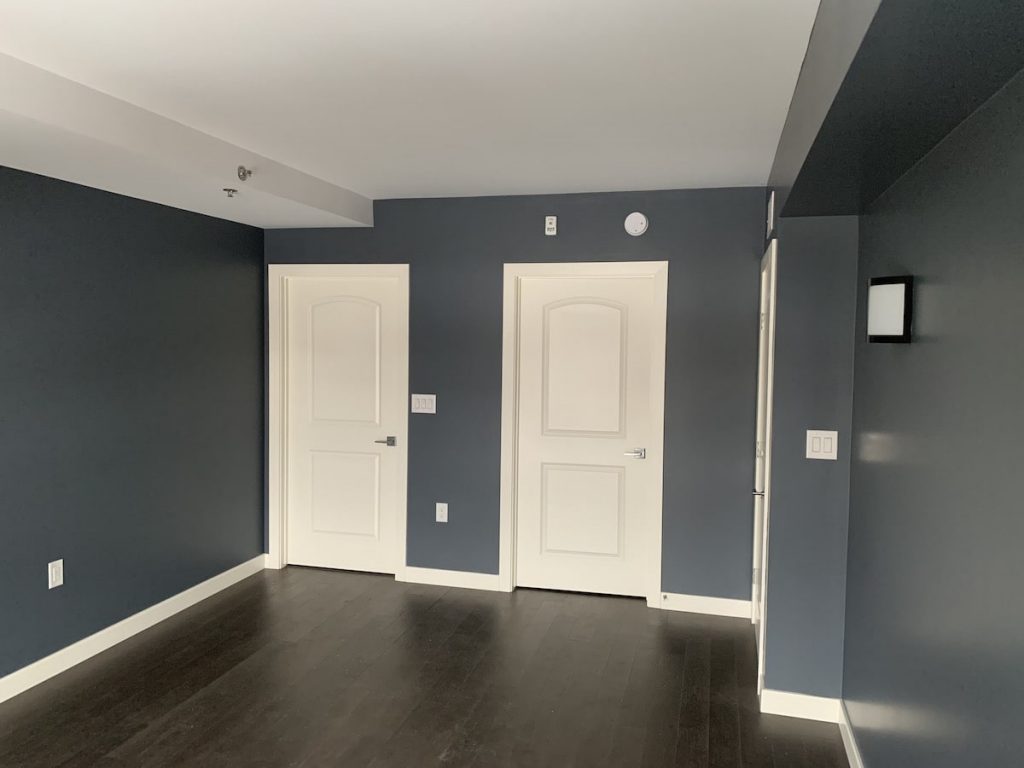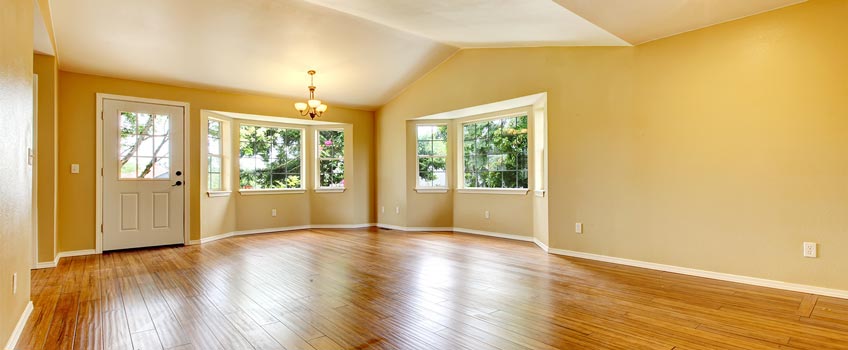Expert Lakewood Interior Painting for Residential and Commercial Properties
Enhance Your Interior Style With Comprehensive Shade Consultation
The combination of color consultation right into indoor style presents an unique possibility to improve and raise the aesthetic and psychological resonance of a room. By engaging with a seasoned shade professional, you can navigate the complexities of shade choice, guaranteeing that your choices not just complement building attributes however likewise resonate with individual design and mental impact.
Advantages of Color Consultation

Moreover, color examination help in maximizing natural light and enhancing spatial understanding. Lighter tones can make a room appear more expansive, while darker shades produce an intimate setting. Cleveland Metro Painting Specialists. This calculated application of shade can dramatically affect the overall ambiance of any interior space
Additionally, expert specialists possess a detailed understanding of present patterns and ageless standards, ensuring that the picked colors will remain enticing over time. This foresight can save clients from pricey redesigns in the future. Finally, shade consultation encourages customers by giving them with a clear vision and instructions, promoting confidence in their design choices and ultimately leading to an extra enjoyable and effective interior decoration result.
Understanding Color Psychology
The value of shade psychology in interior decoration can not be overstated, as it explores the emotional and emotional impacts that various tones can evoke in people. Colors can affect mood, actions, and even productivity, making them an essential consideration in any kind of style task.
As an example, cozy colors such as red, orange, and yellow are usually related to power and warmth. They can boost feelings of enjoyment and comfort, making them appropriate for social rooms like living spaces or cooking areas. Conversely, great colors like blue, eco-friendly, and purple often tend to evoke calmness and peace, making them perfect for rooms or meditation areas.
In addition, the use of neutral tones can produce a well balanced setting by allowing the bolder colors to stick out without frustrating the senses. Comprehending these mental influences enables designers to produce areas that not just look cosmetically pleasing but also advertise psychological well-being.
Integrating color psychology into interior design entails a thoughtful option of hues tailored to the designated feature of each room, inevitably enhancing the overall experience for its residents. This understanding is critical for achieving a functional and harmonious interior environment.
The Color Wheel Discussed
It consists of main colors-- red, blue, and yellow-- that can not be created by blending other colors. Tertiary shades result from mixing a primary and a second shade, leading to hues such as check my site green and red-orange.
The shade wheel helps developers comprehend the partnerships in between colors, consisting of corresponding, comparable, and triadic plans. Corresponding shades, positioned opposite each various other on the wheel, create lively contrasts that can energize an area.
Making use of the color wheel in indoor design not only boosts aesthetic charm yet also evokes details emotions and environments, making it an essential referral for shade assessment. Comprehending these partnerships ultimately equips developers to develop spaces that are both visually captivating and practical.
Picking the Right Scheme
An appropriate shade plan can merge an area, improve its features, and evoke desired feelings. Various rooms offer different functions and require palettes that mirror their desired usage; for instance, peaceful colors such as soft blues or environment-friendlies function well in bed rooms, promoting relaxation.
Light can dramatically modify exactly how colors show up, so it is necessary to evaluate the room at various times of the day. A harmonious scheme must complement these attributes, developing a cohesive try here appearance throughout the area.
When selecting shades, utilize the 60-30-10 regulation, which suggests that 60% of the room ought to be a leading color, 30% a second color, and 10% an accent shade. This ratio makes certain balance and aesthetic interest (Cleveland Metro Painting Specialists). Example colors on the wall surfaces prior to committing, as this enables you to see just how the hues engage with one an additional and the overall atmosphere they develop in your interior style job.
Collaborating With a Color Expert

When collaborating with a shade consultant, the process generally begins with an initial assessment. During this meeting, you'll review your vision, choices, and the existing components in your room. The professional will certainly examine your requirements and may recommend specific color schemes that align with your goals.
After establishing a direction, the professional will certainly supply samples and visual aids to aid you picture the suggested color pattern. This step is critical, as shades can appear differently under varying lights problems.
Furthermore, a color professional can assist you in choosing complementary home furnishings, artwork, and accessories to integrate with your selected palette. By teaming up carefully, you can achieve a polished aesthetic that elevates your insides and creates a welcoming environment. Ultimately, the expertise of a shade consultant can dramatically improve the overall effect of your design task.
Conclusion
In recap, comprehensive color examination offers as a vital tool for improving indoor layout. By leveraging expert knowledge of color psychology and spatial characteristics, a customized shade palette can be developed to evoke certain feelings and develop an unified setting.
By engaging with a seasoned color specialist, you can navigate the complexities of color choice, making sure that your selections not just enhance building attributes yet additionally reverberate with individual design and emotional influence. It consists of key shades-- red, blue, and yellow-- that can not be developed by blending various other colors.The color wheel assists developers comprehend the relationships between colors, including complementary, analogous, and triadic schemes.When selecting shades, make use of the 60-30-10 regulation, which recommends that 60% of the room must be a leading color, 30% an additional color, and 10% an accent color. By leveraging expert expertise of shade psychology and spatial characteristics, a tailored color palette can be created to stimulate certain emotions and create an unified setting.